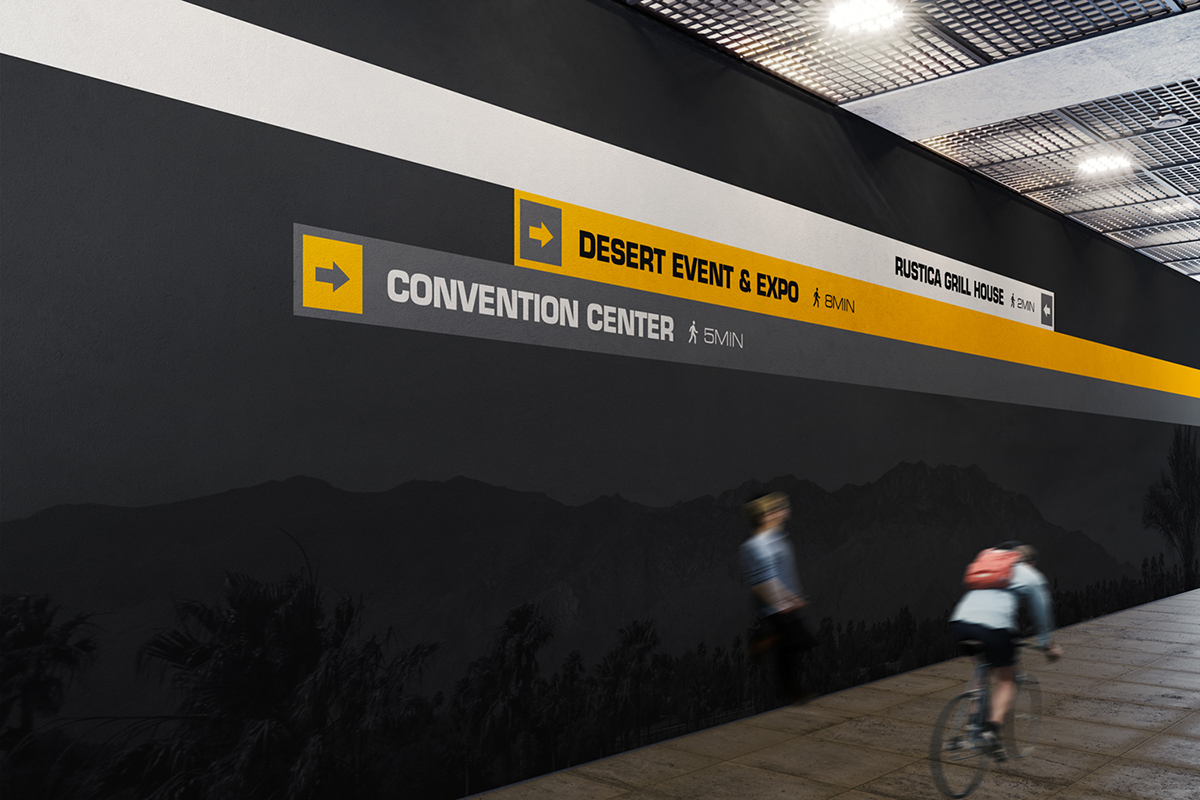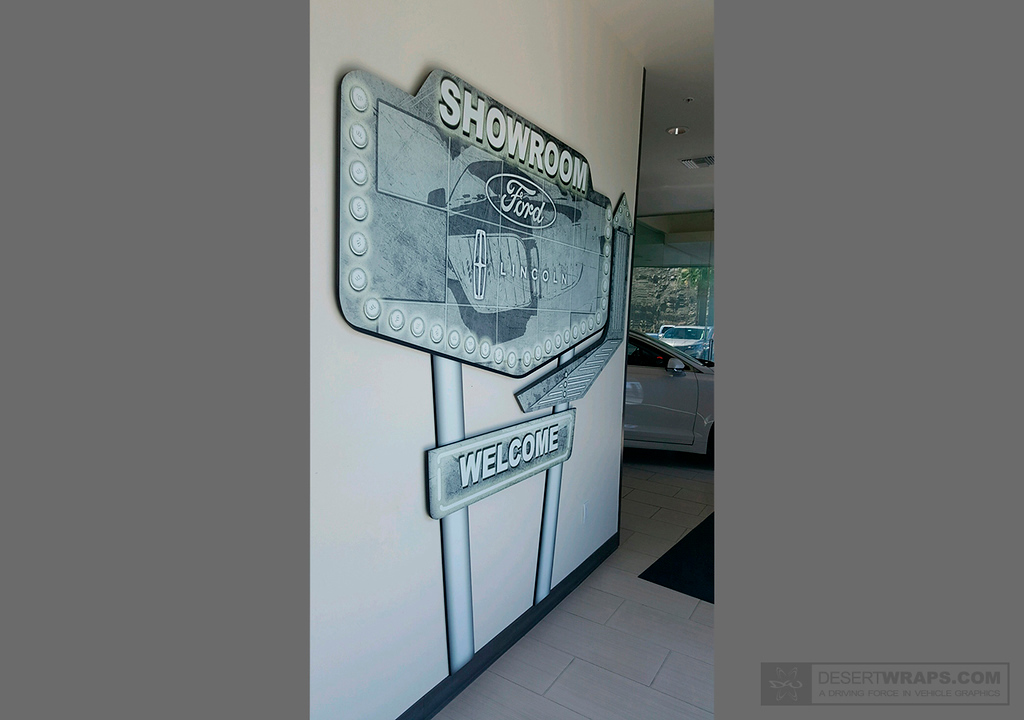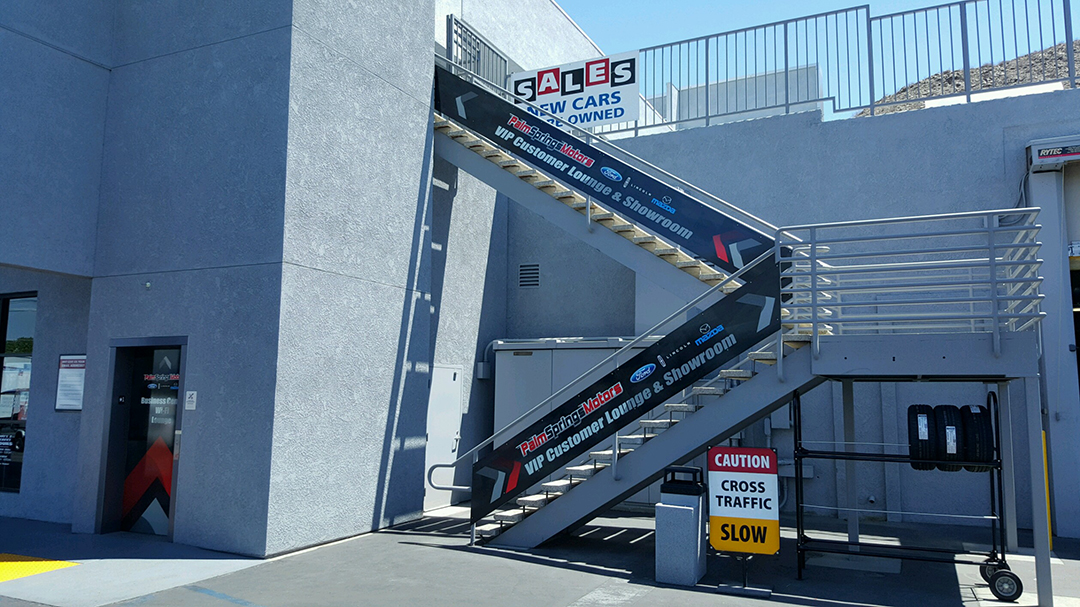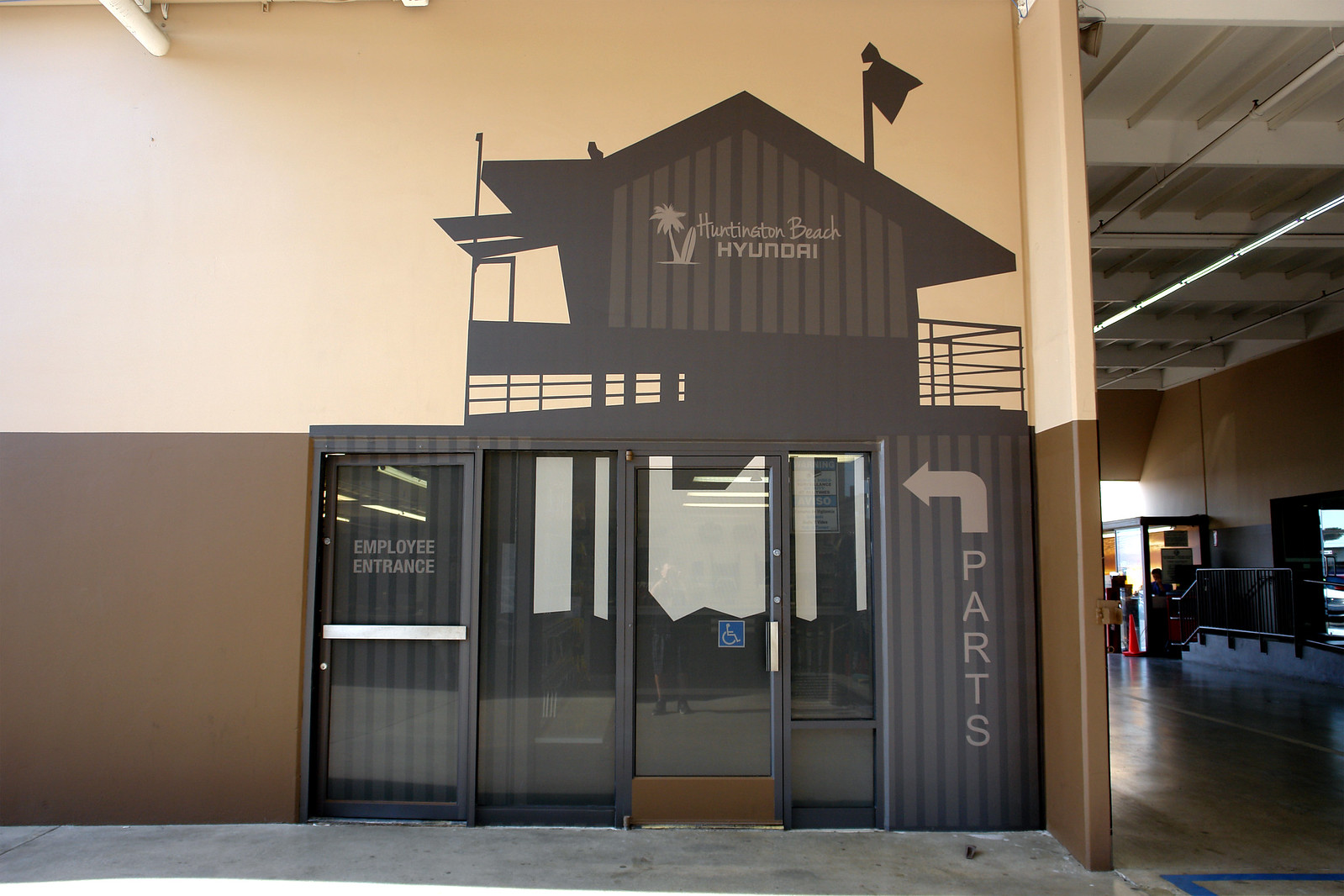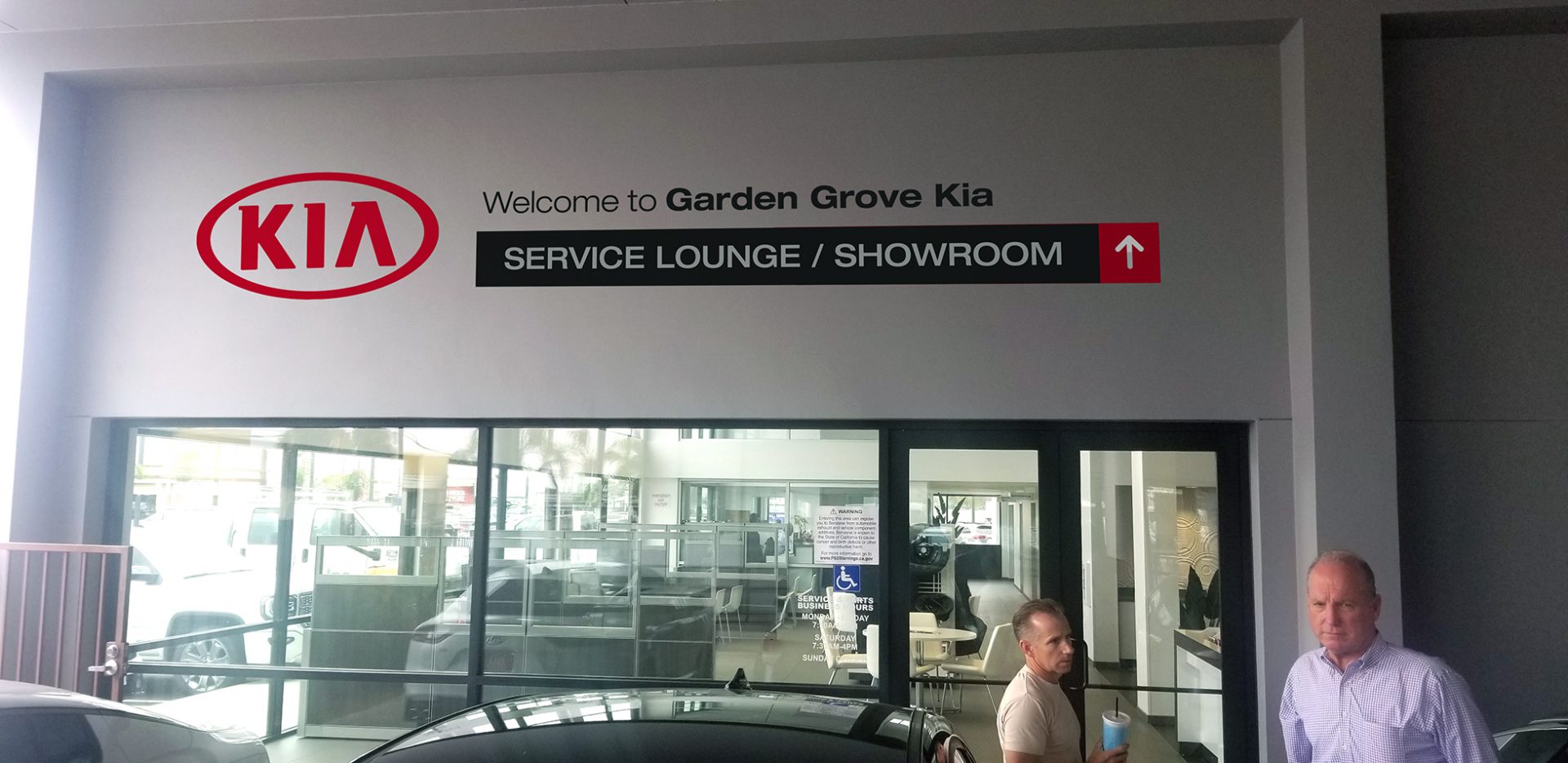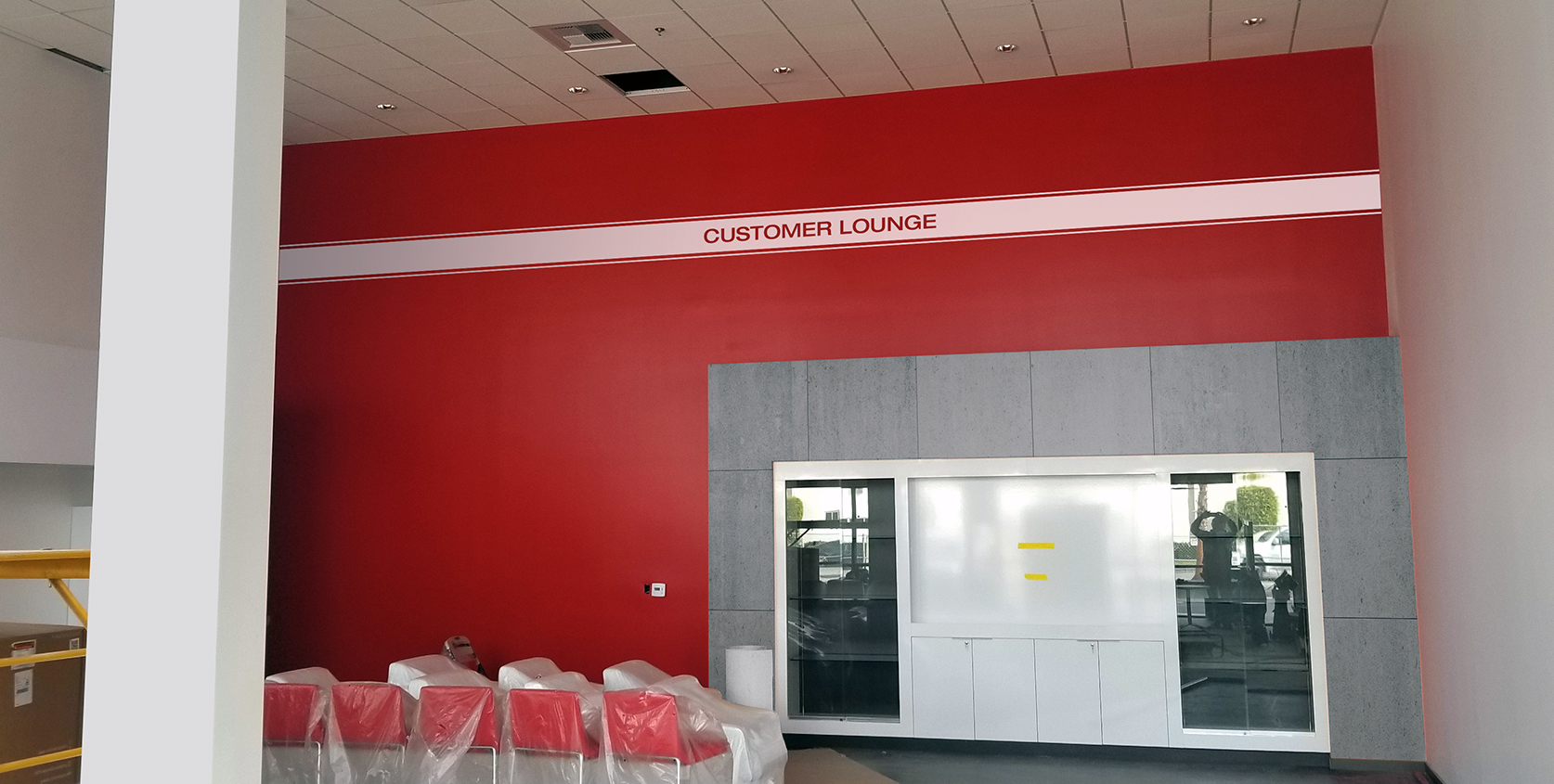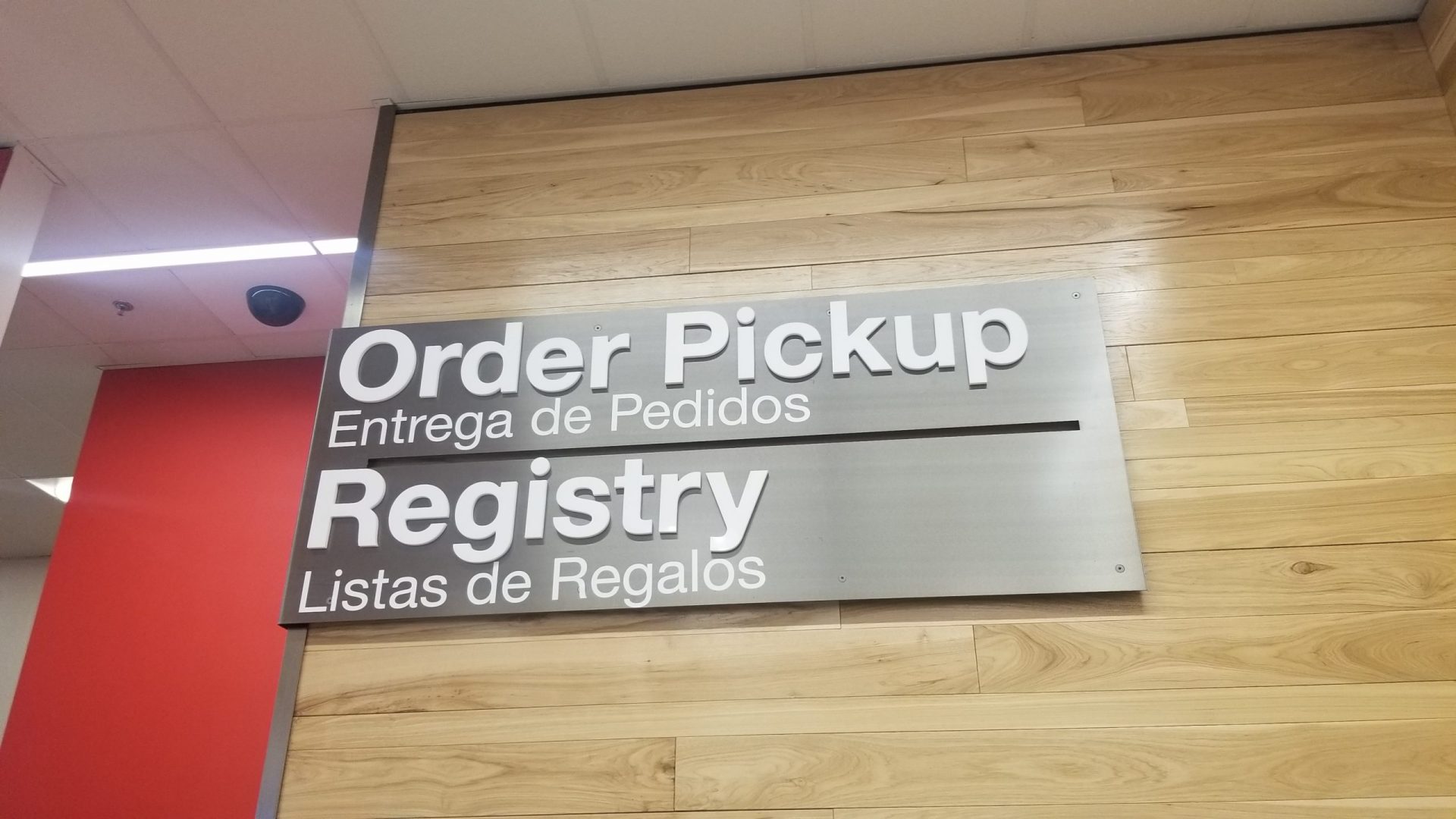Way finding signage guides people through a space or environment by way of providing directional information.
Allow your customers to make key decisions as to the direction they choose to take within your space.
Full in-house design services.
Fast turn around with off-hour and after-hour installation to avoid business disruption.
Interior Branding develops a story of your company’s brand culture by expressing the history, philosophy, vision and future of your brand and integrating graphic elements, messaging and brand architecture into your physical space.
Wayfinding Signage Projects
Clear And Concise Wayfinding Signage
Wayfinding signage is an essential aspect of any business, as it helps customers and visitors navigate and find their way around your premises easily. Effective wayfinding signage improves customer satisfaction, reduces confusion, and enhances the overall experience of your establishment. Here are some tips for creating wayfinding signage for your business:
Clear and Concise Information: Keep the messaging on your signage simple and easy to understand. Use clear, legible fonts and make sure the text is concise. Avoid cluttering the signs with too much information, as it can overwhelm the reader.
Consistent Design: Maintain a consistent design theme across all your wayfinding signage. This helps create a unified and professional appearance for your business. Consistency also aids in quickly identifying your brand.
Use of Symbols and Icons: Incorporate relevant symbols and icons on your signs, especially for commonly recognized destinations like restrooms, exits, elevators, etc. This makes it easier for people who may not understand the language or have reading difficulties.
Color and Contrast: Choose colors and contrast that make your signage stand out and ensure readability. High contrast between text and background makes it easier to read, especially for people with visual impairments.
Directional Arrows: Include directional arrows to guide people in the right direction. This is particularly helpful in larger establishments or areas with multiple access points.
Placement and Visibility: Strategically place your signs at key decision points and intersections where people are most likely to look for directions. Ensure that they are easily visible and not obstructed by any objects or obstacles.
Consider ADA Compliance: If your business is in the United States, make sure your signage complies with the Americans with Disabilities Act (ADA) requirements. This includes using tactile characters, Braille, and specific height and placement regulations.
Wayfinding Maps: In complex buildings or areas, consider having wayfinding maps at prominent entry points. These maps can provide an overview of the layout and help visitors plan their routes.
Outdoor Signage: Don’t forget to include wayfinding signs outside your business to guide people from parking areas or public transport stops to the entrance.
Test and Review: Before finalizing your wayfinding signage, test it with a diverse group of people to ensure its effectiveness. Take feedback into account and make necessary improvements.
Remember that the goal of wayfinding signage is to make navigation as intuitive as possible for your customers and visitors. By investing time and effort in designing clear and helpful signage, you can enhance the overall experience and leave a positive impression on those who interact with your business.


